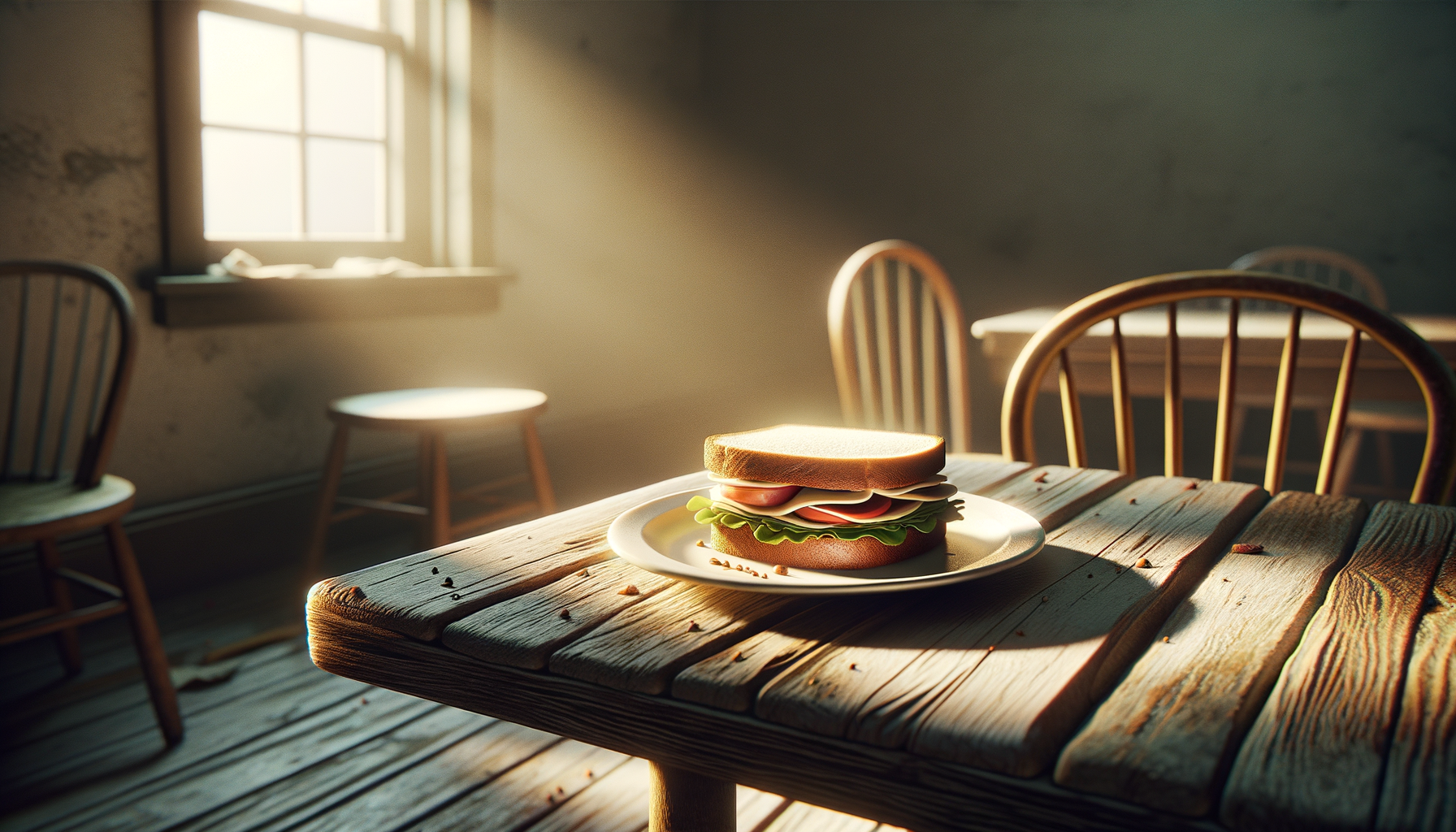I never thought inspiration would strike me at 2:00 AM in the produce aisle at the 24-hour Kroger. Yet, there I was, holding a surprisingly heavy butternut squash in one hand and clutching the frayed remnants of my dignity in the other. Let me back up. Earlier that evening, I had been dumped—spectacularly, publicly, and, to be honest, somewhat predictably. The scene involved a karaoke mic, an off-key rendition of Fleetwood Mac’s “Go Your Own Way,” and a guy whose name I refuse to whisper, even into the void. Nursing a broken heart (and a half-empty margarita glass), I made the age-old post-breakup pilgrimage: straight to the grocery store. What better way to scream “I’ve got it together” than wandering the fluorescent-lit aisles buying random vegetables for a meal I’d cry through later?
That night, I stumbled upon something unexpected: a connection between cooking and healing, and how both can transform a bruised ego into something surprisingly tender and life-affirming. An oddly-shaped squash, sitting there smugly in its little display, became the unlikely muse that helped me piece myself back together in ways no tarot reading or “revenge glow-up” ever managed to do.
The Recipe for Self-Worth: Lessons from a Butternut Squash
They say inspiration strikes when you least expect it, and I’d bet good money no one expects it from a root vegetable. But as I stared at that butternut squash, its tough, beige skin oddly mirroring my emotional state, something clicked. Heartbreak, as it turns out, is a lot like cooking with one of these bad boys. To break it down, let’s follow the process.
Step 1: Start by Facing the Hard Stuff
The first truth about butternut squash (besides the fact that it could double as a doorstop) is that it’s a pain to deal with. You’ve got to peel off the tough, unyielding outer shell and chop through the solid, uncooperative inside, all while risking multiple injuries to your fingers.
Heartbreak feels a lot like this. It’s messy, uncomfortable, and sometimes you just don’t know where to start. But here’s what I learned: the only way out is through. You’ve got to face the hard stuff head-on. Even if that means crying into a bag of shredded cheese or getting through your morning shower soundtrack without skipping your couple’s anthem. Lean into the discomfort, because beneath the thick layers is something worth fighting for—your authentic, softer self.
Pro-tip: Get a sharp knife. Seriously, invest in it—both literally (for the squash) and metaphorically (for cutting ties with toxic relationships). Dull tools make the process harder than it needs to be.
Step 2: Embrace the Ugly Middle
Next comes the part where you scoop out the guts. It’s messy. Strings of pulp stick to your hands, and the seeds always feel like they’re multiplying before your eyes. But once you’ve cleared everything out, what’s left is the potential to create something nourishing.
Post-breakup life looks a lot like this phase. You’ve got to do the gut work—examining what went wrong, accepting your own role in the narrative, and learning to sit with uncomfortable emotions. Did I spend one too many nights rehashing old arguments with my sister over the phone? Yes. Did I ugly cry to a Taylor Swift playlist? Also, yes. But here’s the thing: this isn’t about shaming yourself for the mess. It’s about honoring that the mess is necessary.
Save the seeds—both literally (roasted butternut squash seeds could save your side dish game) and figuratively. The lessons you learn here will come in handy, even if they feel like useless debris at first.
Step 3: Season with Intention
Once the squash is peeled, chopped, and gutted, the real magic begins. A basic ingredient can be transformed with the right seasoning. Maybe you lean into warm spices like cinnamon and nutmeg, go savory with a hint of rosemary and garlic, or keep it light with a drizzle of olive oil. The choices are endless, but the goal is the same: infuse it with flavor and make it your own.
This is where I started rediscovering who I actually was outside the relationship. Like cooking, healing requires effort and creativity. I picked up hobbies I’d abandoned (did you know adult figure skating exists?), spent Sunday afternoons at my favorite East Nashville bookstores, and even signed up for a pottery class taught by a woman who called herself “The Clay Whisperer.” Suddenly, I wasn’t seasoning my life to impress someone else’s palate—I was cooking for me.
This is your time to experiment. Want to dye your hair lilac? Do it. Feel like wearing cowboy boots to brunch even though you live nowhere near a ranch? Go for it. Life post-heartbreak doesn’t have to taste like revenge—it can taste like renewal.
What a Butternut Squash Taught Me About Love
Cutting, peeling, and roasting a squash won’t erase heartbreak, but it can remind you of a simple truth: transformation takes effort. By the end of the night, I wasn’t just eating a healthy dinner—I was feeding parts of myself I’d neglected for too long. Cooking became my therapy and my metaphor, reminding me that sometimes inspiration doesn’t come from the skies. Sometimes it’s sitting on a grocery shelf, daring you to try something new.
Here’s the kicker: months later, I found myself at another karaoke night—this time with friends who cheered me on through a spirited performance of Shania Twain’s “Man! I Feel Like a Woman.” My confidence was no longer tied to someone else’s validation, one note at a time. And the guy? Let’s just say he won’t be stealing anyone else’s Fleetwood Mac moment soon.
I won’t say butternut squash solved all my problems—it’s still just a vegetable, after all. But every time I see one, I’m reminded of what it taught me: it’s okay to start with a tough shell. What matters is what you make of it. So, here’s my advice to you: whether you’re peeling a vegetable or your own layers of heartbreak, don’t rush the process. And above all, remember—you’re the one holding the knife.
Bon appétit to your new chapter.




















